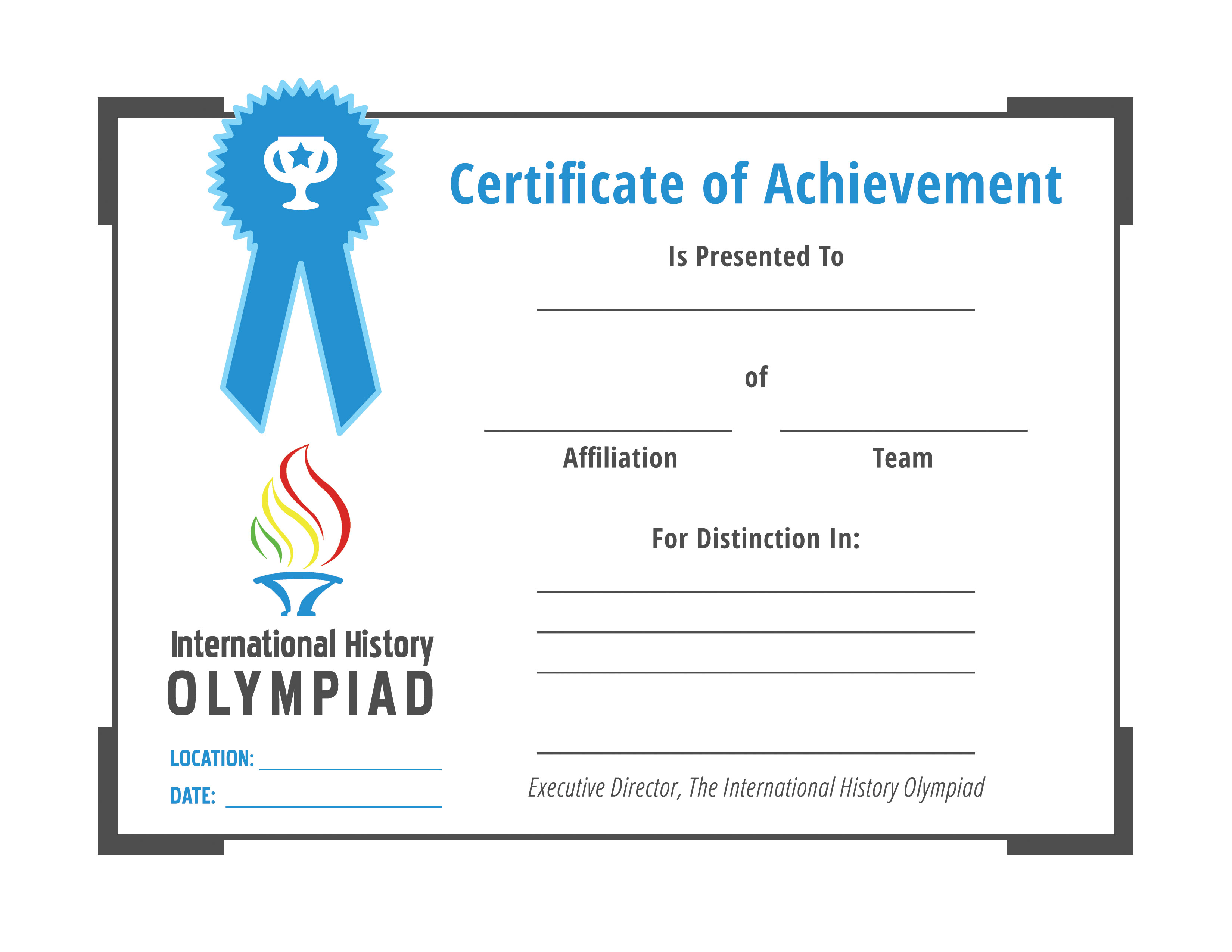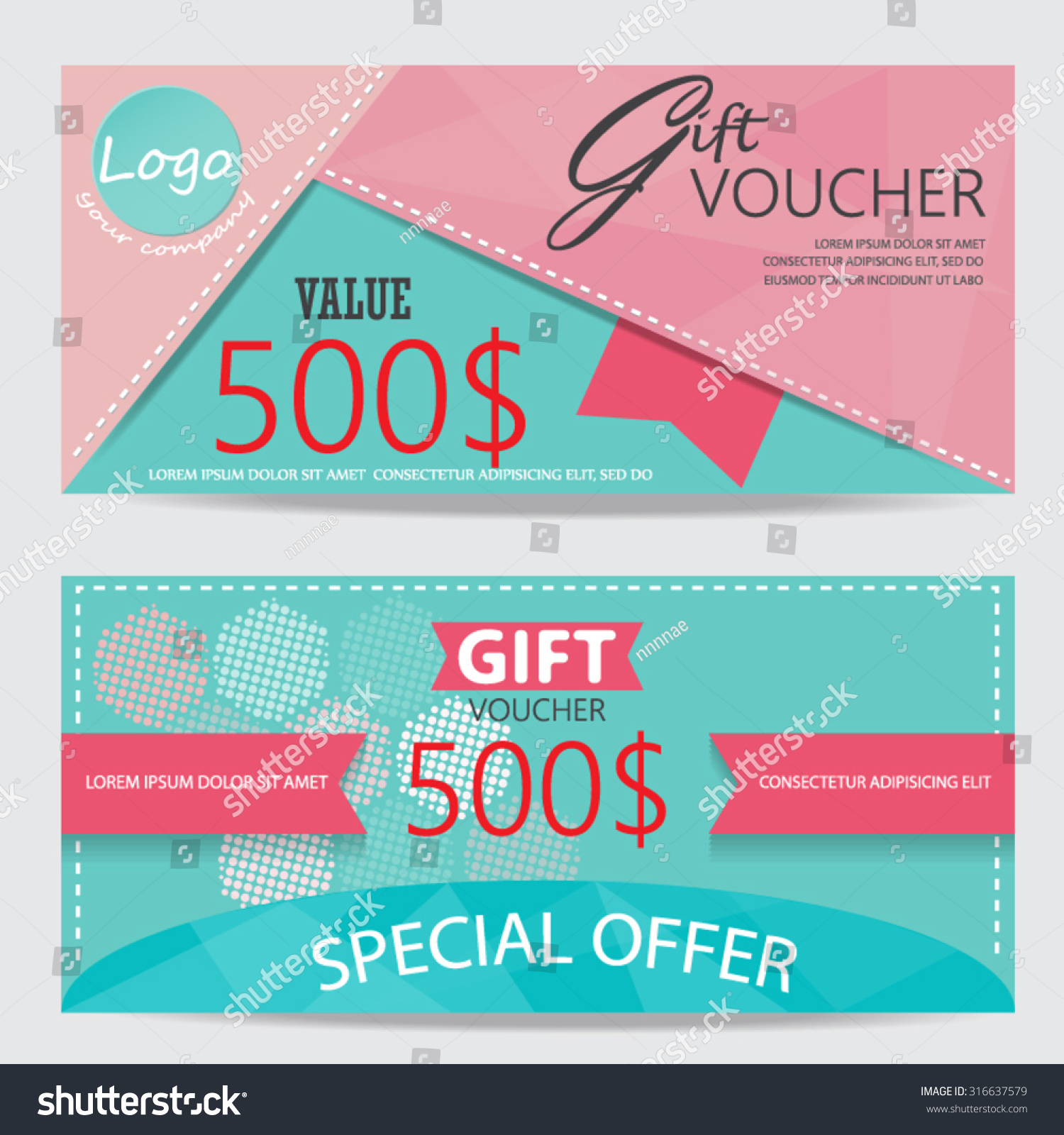hello there, welcome to this video! let's see all the basic features you need to know to use coreldraw x8 when starting for the first time! please write comments below to improve our next videos! when opening coreldraw, your workspace opens on the welcome screen tab that can be useful to get started. let's just start with a new document. click on the new button on top. its dialog box appears, showing several options for new documents, like name, size, number of pages, and other advanced options. for example, in size, you can choose the basic format between several standards, in order to fit you document with tablets,
letters and printers. by choosing the format, you will automatically fix both width and height under rendering resolution. decide on the number of pixels to be used for your document: the more it is, the better the quality will be. then, just go to ok. your workspace is composed by several parts: on top, you have the menu bar and the standard toolbar, that collect all features inside coreldraw. a little below, there's the property bar, used to edit tools and objects. on the far left, you have the toolbox, which is a full list of the quickest and most useful tools. in the center, a detailed preview of
your document in progress and, on the far right, you have several panels that we will see through this guide. especially when starting for the first time, take a look at the hints panel on the right. this is quite useful, since it describes how a selected tool works. if you close any panel by mistake, you can reopen it going to window on top and then to dockers, clicking on the missing panel in the list. let's draw a freehand line. enable the freehand tool from the toolbox, and click and drag on your document. this creates an object on your
document. you can use your mouse wheel to zoom in and out of your document or press the h key from your keyboard to enable the pen tool and check your document carefully. the toolbox is composed by several important tools divided in different sections. some of these buttons do show a black arrow in a corner that means that, under the button, and there are more tools hidden inside. to show them all, simply click and hold and release your click when you hover on the tool you want to select. before starting drawing, it is important to set all coreldraw features
that may help you to draw correctly. all these can be enabled and disabled from the standard toolbar on top. the first icon is related to the rules, which are placed on top and on the left of your workspace. the second one applies grids on your workspace. while the third one on the guidelines, which are lines used to help you drawing along a straight direction. to add one, click and hold on starting from a shown ruler. among these, you can also get help from the snappings. you can enable and disable any kind of snapping going to snap to, on top. you can use
snapping to grids, guidelines and objects. these are used to draw precisely, in a very easy way. if you enable snappings to objects, your pointer will snap to several object key points when you are using any drawing tool. object edges and vertices are represented through squares; midpoints through triangles, and centers through a circle. basically there are three main things you can create with coreldraw. create custom drawings, retouch images and photos and create text documents.
to create your drawings, you can use all tools in the third section of the toolbox. this creates lines and shapes called vectors. the freehand tool creates custom drawings, just click and drag. you can also draw straight lines by clicking twice on your workspace. the 2-point line tool draws straight-line segments, just click and drag. polyline is just like the freehand tool, except that you will go on drawing consecutive lines sharing the same last node. click and hold on to draw freehand, or click twice to fix a straight segment. double-click
on the last fixed node to finish drawing, or simply close the path. to make more complex lines and curves you can use the bã©zier, the pen, and the b-spline tool. we will see these through this guide. you can use the 3-point curve tool to create simple arcs on your document. click and drag to fix the first two points and then release your click to shape your arc as you like. just click again to draw the arc. use artistic media tool to draw freehand with a nice line style. to draw closed paths, you can use the rectangle and the ellipse tools,
just click and drag. to draw polygons and special shapes, you can use the last tool in the drawing section. depending on the tool used you can edit the line properties through the property bar on top, changing thickness, line style, endpoints and so on. in case you make a mistake, you can use ctrl+z to undo your latest action. to delete an object, enable the pick tool on the far left, and click on the object to select it. then, use the delete key to remove it.
inside coreldraw, you can also import and edit images. all you have to do is click and drag your image directly on your opened coreldraw document. these are called bitmap files. to edit and adjust your image, select it with the pick tool, and then go to the bitmaps tab in the menu bar, above. for example, you can use image adjustment lab to correct the lightness, contrast and color. you can go to straighten image to adjust perspective, rotation and lens. plus, from 3d effects onward, you can apply nice effects on your image. use ctrl+z if you want to come back to the original setting.
to learn more about how to edit and correct your images check out our related video through this guide. vectors and bitmap files are both objects drawn inside to document and can be managed and edited in the same way. select an object first by using the pick tool. several nodes will appear on it. use the nodes around to scale. click and drag to move the object inside your document. if you click once more on the object, you can skew using the double arrows and rotate the object using the double curved arrows in the corners. you can also edit the rotation point by moving
the central circle. above, through the property bar on top, you can edit other important properties, like line style and thickness for vector files. on both vectors and bitmaps you can also manage their position precisely by changing the x and y coordinates on the far left. you can also adjust size and rotation. just type in, and use enter to apply. more on the right, use the mirror buttons to flip the object. to cut, copy and paste a selected object, just use ctrl+x, ctrl+c and ctrl+v with your keyboard.
to adjust more about outline and fill, you can go to the object properties panel on the far right. you can also quickly move or copy an object by right-clicking on it and dragging it. then, just use move or copy here. in case you want to lock the object just right-click and go to lock object. in this way, until you unlock it, you won't be able to move or size it. to edit more than a single object in the same way, you can enable the pick tool and select all of them together before editing. to select more
objects together, click on each object while holding shift down. use the escape key to undo all selections instead. if you want to remove just parts of a vector file or an image just select it first and enable the eraser tool. this removes all that falls within the eraser circle. you can click and drag to erase freehand or click twice to erase following a straight direction. if you erase a closed path, its contours will be updated, but you will always have a single object. you can adjust the circle radius from the property bar on top.
remember that the eraser tool does not work on the artistic media traces. in case you need to adjust the contours of a bitmap file, you can use the shape tool instead of the eraser. just drag the corner nodes or the sides. you can also double-click on a side to add a new node to personalize the contour. coreldraw also has several tools to apply special effects. for example, inside the second button of the toolbox, you can use several tools to apply effects on vector objects and bitmap sides. just select the object first and then click and drag. use the property bar on top to customize
the effect of the tool. more below, on the toolbox, you have other advanced effects. for example to add shadow and transparency. check out our full guide to know how to apply advanced effects. coreldraw is also used to create text documents. to drop text, enable the text tool and click and drag to create a text area, indicated by a dashed contour. this is used to contain all your text inside, in order to manage it easily. remember to make the contour big enough or part of the text you type will be hidden. in these cases, the contour will be
shown in a red color. you can enlarge such contour by dragging the black and the white nodes. the text paragraph is edited in the same way seen for vectors and images. double-click inside to type in it, click and drag to move. through the property bar on top, adjust the text style, font, size and distribution. also use the object properties panel for more advanced properties. in case you have objects that do overlap, for example a piece of text below an object, you can use the object manager panel. find the text object in the list, and click and drag to pull it above the object that
covers it. when your document is finished, save it going to file and then to save as... these documents can be saved in several formats, in order to be compatible with many other software products. if you choose the .cdr format you will be able to open and edit your document and a later session of coreldraw by going to file and then to open. thanks for watching this video! check out our full guide to become advanced with coreldraw x8!






